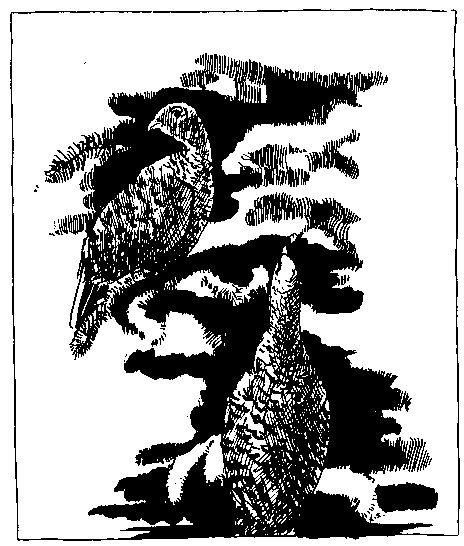Lessons & Units
A database
of lessons and units searchable by content and cultural standards,
cultural region and grade level. More units will be available soon.
You can use Acrobat Reader to look at the PDF version of the Cover
Sheet
for the Units and Self-Assessment
for Cultural Standards in Practice.
BIRDS
Lesson 8 Stories and Beliefs about
Birds
Objectives:
1) Students will retell at least one
traditional story about a bird found around the village.
2) Students will cite one belief about a local
bird.
3) Students will respect birds as an important
part of their culture and of the natural world around
them.
Activities:
1) Read a traditional story about a bird
which is found locally. (Raven is a good one as there are raven
stories in many cultures.) Discuss what is a "traditional" story
as compared to a life experience story or fiction and how
sometimes traditional stories were used to explain certain bird
characteristics (eg. why raven is black). Point out that there may
be different versions of the same story. Ask students if they have
heard any local stories about birds. Read a story about a
different bird.
2) Assign students to interview family members
about stories and beliefs involving birds. Invite an elder to come
to class to relate a bird story and tell about local beliefs and
taboos involving birds. Discuss these beliefs and others which
students may have heard. For example there is a bird which tells
that the fish are coming; some people believe that the owl
foretells death and that the raven's behavior can indicate
luck.
Discuss why there were so many beliefs about
the birds? List the reasons birds were highly respected. Why was
it considered bad luck if unused feathers and other bird parts
were not properly disposed of? (Refer to Make Prayers to the
Raven)
3) Have students retell a traditional story
either orally or in written form.
4) Make and illustrate a class book of local
bird beliefs.
Resource Materials for Lesson 8
The most important resource for this section is
the elders and other community members. They have information which
cannot be found in books. In addition to their actual stories they
can impart to the students a sense of the cultural importance of what
they are relating.
There are many collections of traditional stories
and beliefs from the various Alaskan cultures which contain stories
and beliefs about birds. A few of them are listed below:
Beliefs from Nikolai, NBMDC
- "Spruce Hens", pg. 40
Athabaskan Stories by Alice
Brean
- "The Loon and the Blind Man" pg. 29
- "The
Raven Story", pg. 37
- "The
Camprobber and the Woodpecker", pg. 59
Eagle Han Huch'in Hodok by Ruth
Ridley
- "Raven", pg. 15
Nikolai Hwch'ihwzoya by Miska
Deaphon
- "Raven and Mink", pg. 13
- "Raven
Helped the People", pg. 13
Tales of Eskimo Alaska by O.W.
Frost
- "How Crane Got His Blue Eyes". pg.
23
- "Old Crow
and Mink", pg. 27
- "A Blind
Man and the Loon", pg. 62
Bakk'aatugh Ts'uhuniy: Stories We Live By,
by Catherine Attla
- "Eagle Man Who Carried People Far Away",
pg. 85
- "Great
Raven Who Killed a Water Monster", pg. 133
- "Great
Raven Killed A Whale", pg. 149
- "The
Woodpecker Who Starved His Wife", pg. 191
Engithidong Xugixudhoy. Their Stories of
Long Ago by Belle Deacon
- "Two Girls and Crow Man", pg. 78
- "Spruce
Grouse and Mink", pg. 118
Iditarod Area School District has published two
traditional bird stories
Nilty: Crane by John Paul of Holy Cross,
1987
Jezra (Camprobbers), by Lena Petruska of
Nikolai, 1997
from BELIEFS FROM NIKOLAI
Spruce
Hens
During a snowfall, the people watched
the spruce hens. If the hens flew from tree to tree, the weather
would be warm.

Handbook
for Culturally Responsive Science Curriculum by Sidney Stephens
Excerpt: "The information and insights contained in this document will be
of interest to anyone involved in bringing local knowledge to bear in school
curriculum. Drawing upon the efforts of many people over a period of several
years, Sidney Stephens has managed to distill and synthesize the critical ingredients
for making the teaching of science relevant and meaningful in culturally adaptable
ways." |